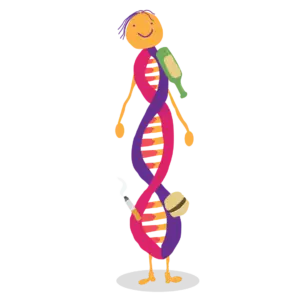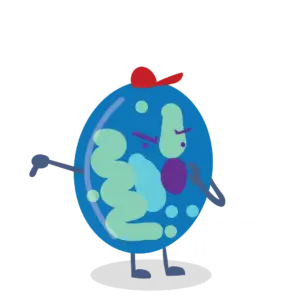
Old Man Stem-y likes to think of himself as the patriarch of a very large family. He’s the tip-top of the family tree. If an injury or disease wipes out a section of cells, Stem-y makes sure to replace those cells so that the tissue is (almost) as good as new. Immune cells, muscle cells, bladder cells, skin cells – Stem-y can do it all. But, Stem-y has gotten old, and he’s less able to signal repair. He’s less able to replicate himself or trigger the creation of new cell types. He knows he can’t live forever, but he’ll be damned if he gives up without a fight. Because when he’s gone, who else will take up the cause?
What is happening inside my body?

Stem cell exhaustion occurs when our stem cells grow old and lose functionality. Stem cells are our master cells – they are unique in that they can replicate themselves and differentiate, or give rise to, many different types of cells. Most importantly, they are responsible for the upkeep of our tissues and organs.
Stem cell exhaustion occurs when our stem cells grow old and lose functionality. Stem cells are our master cells – they are unique in that they can replicate themselves and differentiate, or give rise to, many different types of cells. Most importantly, they are responsible for the upkeep of our tissues and organs.

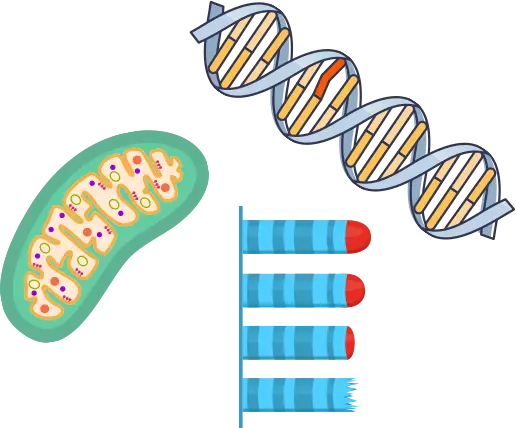
When you’re young, stem cells are plentiful and full of energy. If you cut your arm as a kid, stem cells will jump in immediately to signal repair. However, if you cut your arm as an adult, it takes longer to heal and often leaves a scar. This is because of stem cell exhaustion. Over time, the same processes that affect other cells (ex: telomere attrition, DNA damage, mitochondrial dysfunction) will also affect stem cells, making it harder and harder to repair and regenerate as we age.

When you’re young, stem cells are plentiful and full of energy. If you cut your arm as a kid, stem cells will jump in immediately to signal repair. However, if you cut your arm as an adult, it takes longer to heal and often leaves a scar. This is because of stem cell exhaustion. Over time, the same processes that affect other cells (ex: telomere attrition, DNA damage, mitochondrial dysfunction) will also affect stem cells, making it harder and harder to repair and regenerate as we age.
Why this matters to you
As we age, our supply of stem cells plummets, and the ones that do survive become less active. This means we can’t repair organs and tissues like we used to.
How the HOP Box Helps: NR and Ca AKG, as well as antioxidants (ex: Quercetin, Fisetin, Astaxanthin), promote healthy, active stem cells, so poor Old Man Stem-y becomes the exception instead of the rule.
